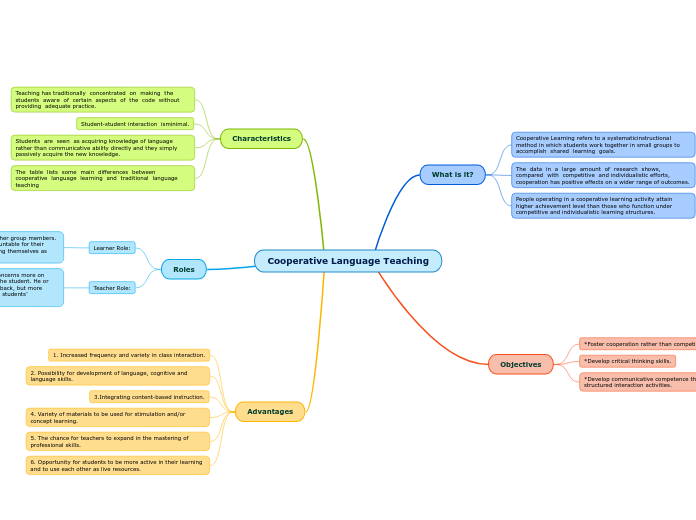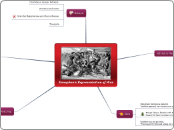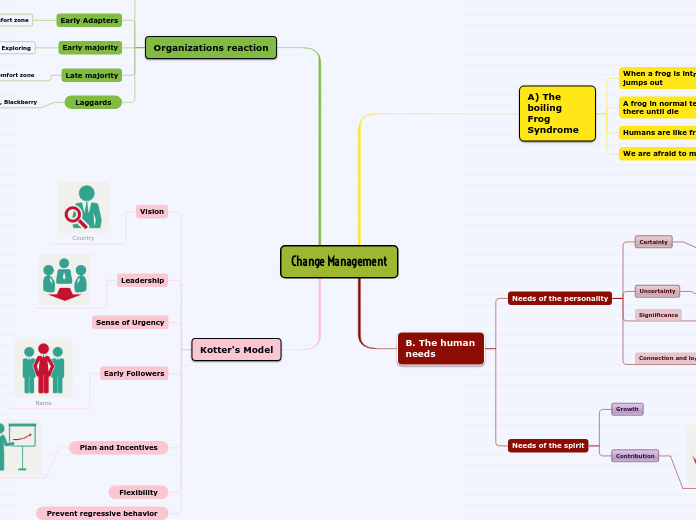по Bains Manmohan 4 лет назад
395
Organigram
Leadership styles vary significantly in how they approach decision-making and involvement from group members or citizens. Autocratic leadership centralizes decision-making power, allowing leaders to dictate actions and processes with little input from others.









